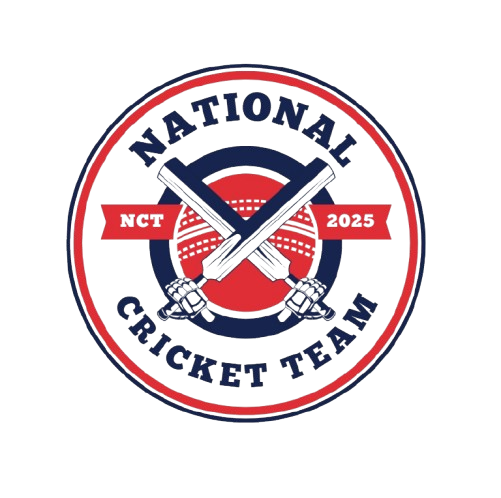Newsletters have quietly become one of India’s most effective ways to share ideas. From independent journalists and finance educators to tech analysts, travel storytellers, food writers, and corporate teams, newsletters allow creators to speak directly to readers without the noise of social media algorithms.
But as more people start newsletters, the challenge becomes clear:
How do you write one that people actually want to open?
This guide breaks down the essentials — from structure and tone to distribution and reader engagement — for Indian creators who want their newsletters to stand out.
Start with a clear identity
Every good newsletter has a personality. Before you write even a single issue, decide:
- What is this newsletter about?
- Who exactly is it for?
- Is it informative or conversational?
- Do you want to sound formal, friendly, witty, or minimalist?
- What kinds of problems does your content solve for readers?
Readers stay when they know what they’re subscribing to.
Craft irresistible subject lines
Subject lines are the gatekeepers. A newsletter might contain brilliant writing, but without a compelling subject line, it remains unopened.
Effective subject lines are:
- short
- specific
- curiosity-inducing
- helpful, not clickbait
- honest about what’s inside
A few simple formulas include:
- A bold promise (“3 Tricks to Cut Your Morning Stress in Half”)
- A surprising fact (“Why Indians Read 20% Faster on Mobile Screens”)
- A direct benefit (“A Smarter Weekly Routine You Can Use Today”)
Write like you’re talking to one person
Readers don’t want corporate emails. They want a voice they trust — one that feels human, warm, and direct. Even when writing to thousands, imagine speaking to one interested friend.
Useful approaches:
- use simple language
- keep paragraphs short
- include examples from real life
- speak honestly about challenges
- avoid unnecessary jargon
The more relatable your style, the more often people return.
Mix formats to keep readers engaged
A flat block of text is rarely memorable. Instead, break up your newsletter with a mix of elements:
- mini-stories
- quick tips
- short lists
- tiny Q&A blocks
- visuals or charts
- recommended links
- reader questions
- weekly highlights
This creates a rhythm that’s easier to follow and more enjoyable to read.
Add value first, promotion second
A common mistake newsletter creators make is pushing too many promotions. Readers unsubscribe quickly when a newsletter starts sounding like a sales pitch.
Instead, follow a simple rule:
Give value in every edition — and only promote when relevant.
Even when linking to external pages, readers expect you to share useful, interesting resources. People naturally curate their own set of saved links, which may include a mix of news pages, tools, and general-use platforms such as Lucky Star India depending on their browsing habits. But they trust creators who recommend thoughtfully, not aggressively.
Keep the structure predictable, but never boring
Readers appreciate consistency. They want to know where to find their favorite sections every week. A good structure might include:
- a short intro
- the main article
- a micro-tip
- one chart or visual
- recommended reading
- a closing note
Inside this structure, feel free to be creative with tone and content.
Make your story Indian, even when the topic is global
Indian newsletter audiences respond deeply to localized examples:
- metro commute habits
- smartphone usage patterns
- cultural attitudes
- workplace scenarios
- regional success stories
- small-town challenges
Even tech or finance newsletters gain richness when grounded in Indian reality.
Respect the reader’s time
Busy people love writers who get to the point.
To keep your newsletter tight:
- trim unnecessary explanations
- aim for clarity, not complexity
- use subheadings generously
- highlight key sentences
- add summaries for dense topics
The shorter the reading time, the higher the retention.
Use analytics to refine future issues
Growth comes from understanding what actually works.
Track:
- open rates
- click-through rates
- which sections readers scroll the longest
- what kind of subject lines perform well
- what topics attract new subscribers
Data helps shape your style, tone, and structure over time.
Encourage reader participation
A newsletter is a conversation — not a broadcast.
Good ways to engage your audience:
- ask for their opinions
- invite replies to a simple question
- feature reader stories in your issues
- run small polls
- ask what topic they want next
This interaction builds loyalty and creates a community around your writing.
Growing your subscriber list authentically
The best growth strategies are simple:
- share preview snippets on social media
- collaborate with other newsletter writers
- offer bonus guides or templates
- add signup boxes on your website
- keep your publishing frequency consistent
Slow, steady growth produces long-lasting readers.
Final thoughts
In a digital world full of noise, newsletters feel personal. They allow creators to build trust, share insights, and stay connected with readers who genuinely care. With the right mix of clarity, creativity, structure, and authenticity, anyone can craft a newsletter that people look forward to every week.



